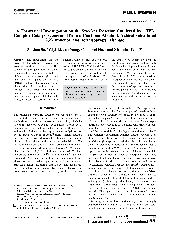摘要
The mechanism and the origin of selectivity of the asymmetric Strecker reaction catalyzed by a TiIV-complex catalyst generated from a cinchona alkaloid, achiral substituted 2,2'-biphenol, and tetraisopropyl titanate have been investigated by DFT and ONIOM methods. The calculations indicate that the reaction proceeds through a dual activation mechanism, in which TiIV acts as Lewis acid to activate the electrophile aldimine substrate, whereas the tertiary amine in cinchona alkaloid works as Lewis base to promote the activation and isomerization of HCN. The C?C bond formation step is predicted to be the selectivity-controlling step in the reaction with an energy barrier of 9.3 kcal?mol-1. The asymmetric activation is achieved by the transfer of asymmetry from the chiral cinchonine ligand to the axially flexible achiral biphenol ligand through coordination interaction with the central metal TiIV. The large steric hindrance from the 3,3'-position substitute of biphenol, combined with the quinoline fragment of cinchona alkaloid and the orientation of hydrogen bonding of iPrOH, play a key role in controlling the stereoselectivity, which is in good agreement with the experimental observations.
- 出版日期2013-1
- 单位四川大学
